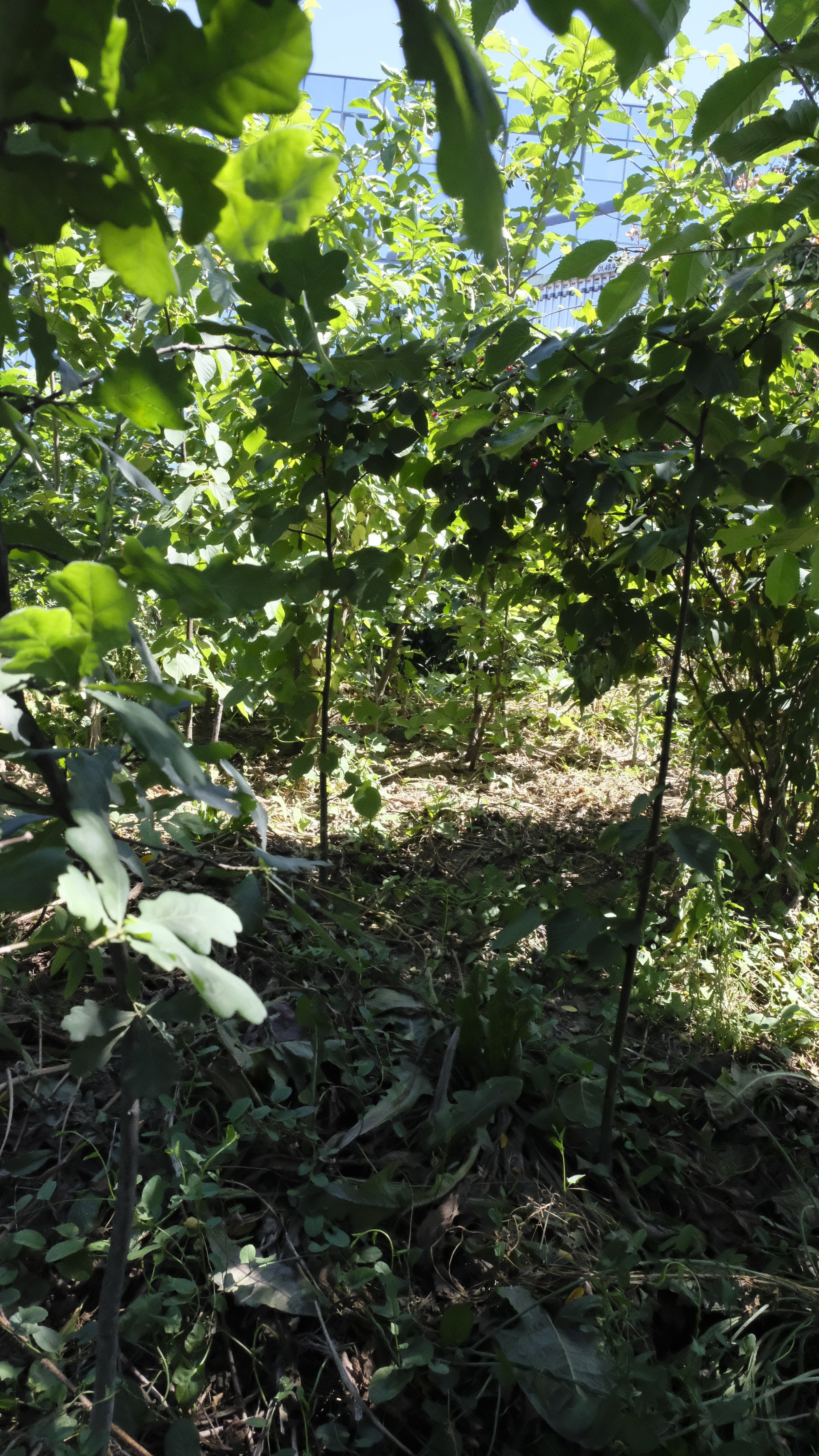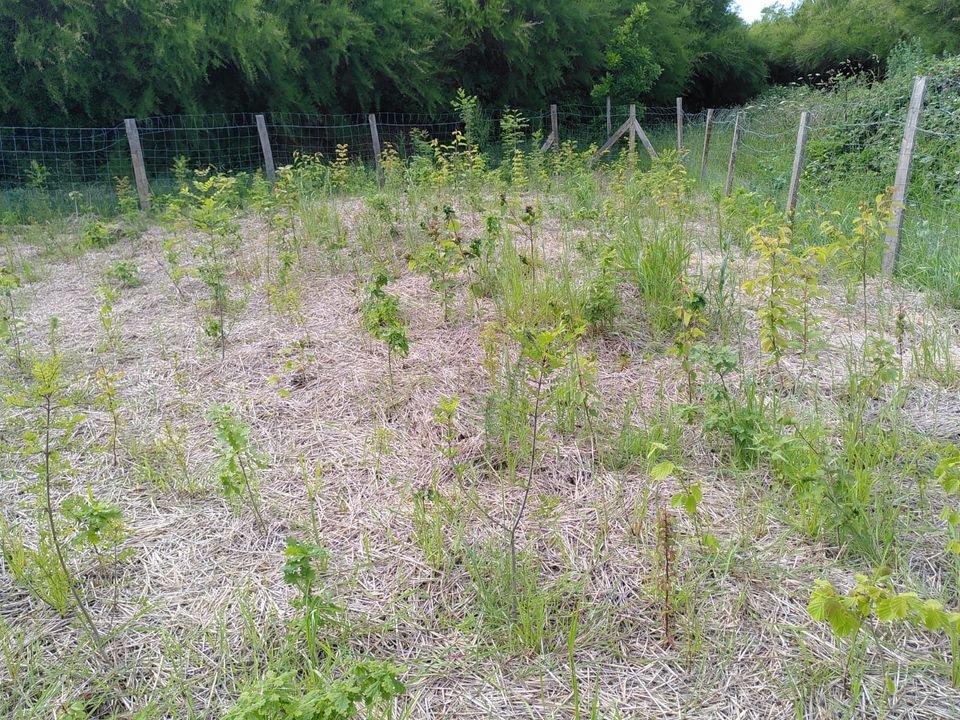
For readers who enjoyed Finding the Mother Tree and The Hidden Life of Trees comes the first-ever book about a movement to restore biodiversity in our cities and towns by transforming empty lots, backyards, and degraded land into mini-forests.

In Mini-Forest Revolution, Lewis presents the Miyawaki Method, an ecologically robust approach to tree-planting conceived by botanist Akira Miyawaki. She explains the scientific basis for why Miyawaki-style mini-forest projects matter and how they work, including how biodiversity increases ecosystem productivity and resilience, how vegetation transforms solar energy into latent heat and releases it away from Earth, and the role of native climax species in replicating the composition of ancient forests.
Today, the Miyawaki Method is witnessing a worldwide surge in popularity as communities seek to restore degraded landscapes both urban and rural. Lewis shares the stories of mini-forests that have sprung up across the globe and the people who are planting them―from a young forest along the concrete alley of the Beirut River in Lebanon, to another on the margin of a busy freeway encircling Paris, to the tiny forests in Dutch schoolyards and in the backyard of tiny-forest champion Shubhendu Sharma in India.
Mini-Forest Revolution is complete with a step-by-step field manual for designing and planting a forest using the Miyawaki Method, with special attention to the process of developing a list of appropriate species and their respective proportions.
No matter where you live, this book will inspire you to help organize a mini-forest project in your own community, and that may be one of the best decisions you can make.

Photo by Afforestt


